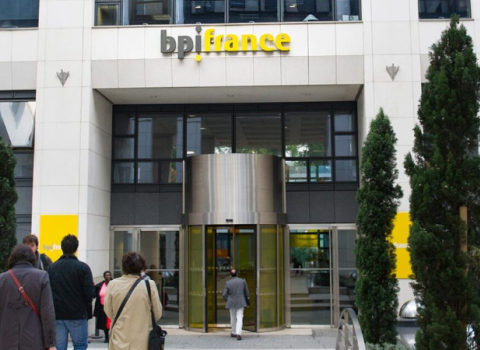That climate science is now a hotly-contested political issue threatens to stand in the way of attempts to deal with its all too real impacts.
But while the politics plays out, environmentalists and weather watchers in the US state of Alaska are witness to the realities. “It has been really eye-popping for scientists,” said Richard Boone, Dean of the College of Natural Resources and Sciences at Humboldt State University in California, who spent 20 years carrying out research in the state.
Alaska is within the Arctic Circle, an area which is warming at twice the rate of the rest of the world. This effect is mainly due to receding ice, which exposes the ocean to more sunlight during the summer. The water absorbs and retains this extra heat, in turn causing more ice to melt.
Warmer winters have a cascading effect in Alaska. “The impacts have been profound,” said Boone. “And the state has found itself unprepared.”
This is despite the fact that warning signs have been evident for years. Summer 2004 saw the biggest year of forest fires on record in the state, when 6.6 million acres burned, an area equivalent to 90 per cent of Belgium. “It was a real health issue for six weeks. People had to go to the hospital to get quality air,” Boone said. In 2015, the number of fires was almost as high, with nearly five million acres burning.
By the end of this century, scientists predict Alaska’s growing season will increase from three months to six. This will mean longer periods of fire, said Boone, who was in Brussels this week to deliver the litany of here-and-now effects of climate change at an event organised by the National Science Foundation.
Another worry is the thawing permafrost, which apart from causing homes and buildings to sink into the ground, is itself an engine of warming. The soil under the frost is rich in organic material. “It’s a huge stockpile of methane and carbon that could be released,” said Boone.
Iditarod, the annual dog sled race which traditionally starts from the state's largest city, Anchorage, has seen its start move north three years in a row for a lack of snow.
Meanwhile, melting sea-ice has left coastal towns and villages exposed to storms and floods. “The re-location of people inland is going to cost millions of dollars,” said Boone.
However, the US has no national plans to deal with rising sea levels and no system to deal with uprooted people.
The state government does not have money squirreled away for something on this scale. The economy is weak – ironically it is the low price of oil, a leading contributor to global warming, which has left the state with a budget crisis.
Boone remains positive that something can be done to avoid calamity. “What can I say, I’m optimistic. I can’t help it. I believe things can be done to halt climate change,” he said.
The Dutch provide a good example of getting your act together in time to avert ruin, Boone said. “Look [what they have] done to protect themselves against the sea.”
The Netherlands, in its never-ending battle with water, runs an ongoing multibillion-euro flood defence programme to tame rising rivers, canals and the sea.
We could all adopt the same attitude, said Boone. “Humans are smart so I think eventually we will have the political will to do something.”





 A unique international forum for public research organisations and companies to connect their external engagement with strategic interests around their R&D system.
A unique international forum for public research organisations and companies to connect their external engagement with strategic interests around their R&D system.